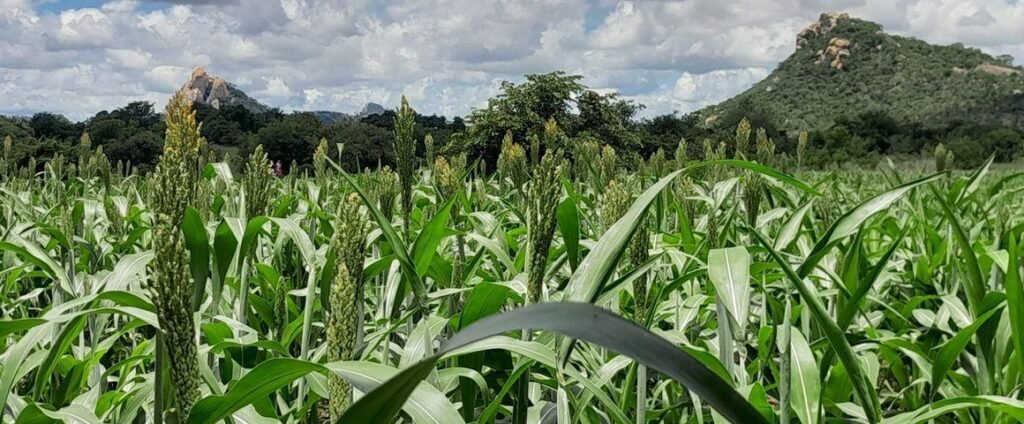“We are involved in a race for information to estimate the yield potential of the agricultural land available in many countries, with a view to boosting food security in particular and to avoiding using new land for crops”, says Antoine Couëdel, an agronomist with CIRAD and lead author of the study.
To this end, it is necessary to estimate the yield potential of crops as a function of the climate and of different soil types, and the gap between current yields and that potential (known as the “yield gap”). That gap indicates how much room that exists to increase food production on existing cultivated areas, by means of sustainable farming practices. Such estimates are vital for pinpointing the agricultural regions in which it is most important to invest in research and development, in both the public and private sectors.
“The challenge is knowing how best to go about obtaining these estimates on the scale of large agricultural regions such as the Great Plains in the USA”, the CIRAD researcher says.
In the article in Nature Food, the team, comprising agronomists from CIRAD and three US universities, questions the statistical methods currently commonly used to estimate agricultural yield potential.
Current statistical methods are not good enough to estimate yield potential
“In the United States, for example, current statistical models tend to rely too heavily on best-case scenarios — the most productive counties with the most fertile soils in a year with the most favourable weather”, Patricio Grassini, Professor of Agronomy and Horticulture at the University of Nebraska-Lincoln, explains. Those methods overestimate yield potential, by extrapolating a single yield potential across large regions with a wide diversity of climates and soils.
Conversely, in other world regions, for instance in sub-Saharan Africa, those same models, based on the best current yields, might underestimate crop yield potential. In these regions, farmers have limited access to inputs, thus attaining yields far below what the climate can support, hence estimates fall well short of the actual yield and self-sufficiency potential of many African countries.
This statistical approach may also produce conflicting results, with yield potential estimates almost doubling from one method to another. According to Patricio Grassini, “this statistical approach, driven mostly by geographers and statisticians, not agronomists, has been largely accepted, and more rigorous analysis is needed”.
Locally validated crop models for better regional estimates
In particular, the study compared estimates of yield potential and yield gaps of major US rainfed crops — maize, soybeans and wheat — derived from four statistical models against those derived from a “bottom-up” spatial scaling approach based on robust crop modelling and local weather and soil data, such as the Global Yield Gap and Water Productivity Atlas developed at Nebraska.
Process-based crop models used in this study have been rigorously validated for their capacity to estimate yield potential based on experimental data from well-managed crops grown across a wide range of environments. This bottom-up approach, which better incorporates long-term data and regional variations, is clearly superior, the team found.
The scientific team’s conclusions challenge the conventional wisdom as regards the yield potential of many agricultural regions.
The approach recommended by the team should better capture yield gaps, which can help identify regions with largest room to increase crop production, which, in turn provides a basis to orient agricultural research and development programmes.
Antoine Couëdel, who now works for CIRAD, was initially working on postdoctoral research at the University of Nebraska. The following people collaborated on the article: Fatima Tenorio, Fernando Aramburu Merlos and Juan Rattalino Edreira, Associate Professors of Agronomy at the University of Nebraska; Romulo Lollato, Associate Professor of Agronomy at the University of Kansas; Sotirios Archontoulis, Professor of Agronomy at the University of Iowa; and Patricio Grassini, Professor of Agronomy and Horticulture at the University of Nebraska.
Reference
Couëdel, A., Lollato, R.P., Archontoulis, S.V. et al. Statistical approaches are inadequate for accurate estimation of yield potential and gaps at regional level. Nat Food (2025). https://doi.org/10.1038/s43016-025-01157-4

